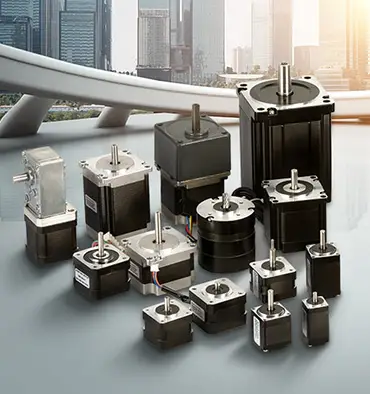How to check a stepper motor?
Checking a stepper motor is an important step in ensuring its accurate and reliable performance. This process involves testing the motor to identify any problems or issues that may be affecting its operation. In this article, we will explain how to check a stepper motor and the factors that can affect its performance.
The first step in checking a stepper motor is to determine the type of motor. Stepper motors are classified into two main types: full-step and half-step. The type of motor determines the number of steps that are required for the motor to rotate through one complete revolution.
Full-step stepper motors require 200 steps to complete a full revolution, while half-step motors require 400 steps. This means that a full-step motor has a step angle of 1.8 degrees per step, while a half-step motor has a step angle of 0.9 degrees per step.
To check a stepper motor, you will need to perform a series of tests to identify any problems or issues that may be affecting its operation. These tests can include checking the current supplied to the motor, the step angle, and the microstepping resolution.
One common way to check a stepper motor is to measure the current supplied to the motor. This can be done using a multimeter, which is a specialized electronic device that measures the flow of electricity. By measuring the current, you can determine whether the motor is receiving the correct amount of power.
Another important test is to measure the step angle of the motor. This can be done by rotating the motor through a full revolution and counting the number of steps that are required. This information can be used to calculate the step angle of the motor and determine whether it is operating correctly.
Finally, the microstepping resolution can also be checked to ensure that the motor is operating accurately. Microstepping is a technique that allows the motor to move in small increments, which can improve the resolution and accuracy of the motor. Higher microstepping resolutions result in smaller step angles and improved performance.
It is important to note that checking a stepper motor is a delicate process and should be done carefully to avoid damaging the motor. Overheating or supplying too much current to the motor can cause permanent damage and should be avoided.
In conclusion, checking a stepper motor is an important step in ensuring its accurate and reliable performance. This process involves performing a series of tests to identify any problems or issues that may be affecting its operation. By measuring the current, step angle, and microstepping resolution, you can check the performance of your stepper motor and ensure its optimal operation.


Leave a Reply